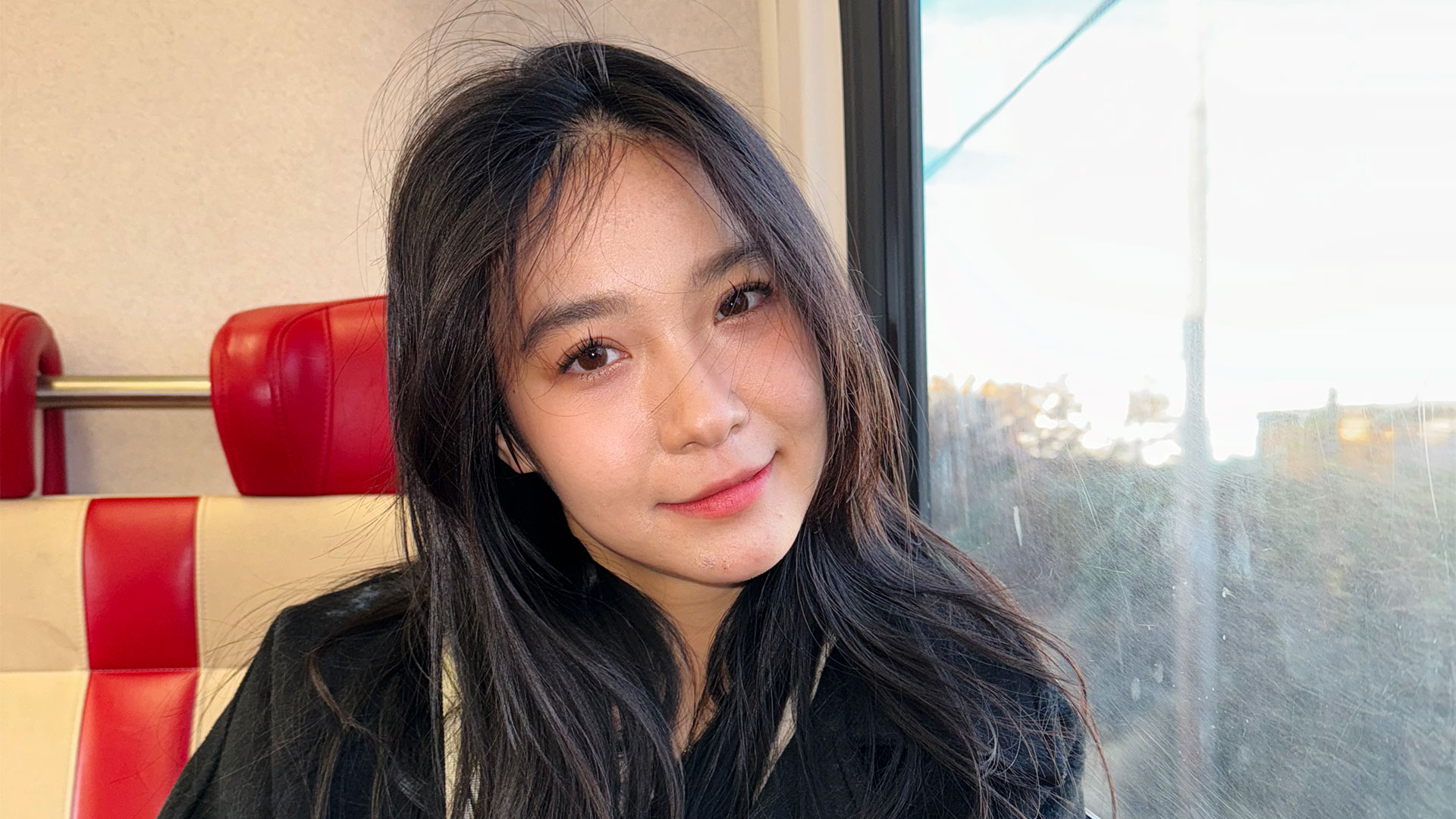Interview with Yilin Xu | Specializing in Creating Interiors that Enhances User Experiences

Interview with Allan Wong | Founder of ABS Creative Studio, a Creative Design Company
July 4, 2024
Interview with Ilya Derzaev | The Head of Development for Akademia Studio
July 4, 2024My name is Yilin, and I am an interior designer based in New York City. My design background encompasses a variety of projects, including residential, hospitality, and commercial spaces. I specialize in creating interiors that enhance user experience and optimize how people interact with their environment.
A key focus of my work is inclusiveness, which involves designing spaces that cater to the needs of all individuals, including marginalized groups. By incorporating inclusive design principles, I aim to create spaces that are not only aesthetically pleasing but also accessible and welcoming to everyone.
Before I became an interior designer, I was always curious about how our surrounding environment can either positively or negatively impact our behavior and mental health. I am fascinated by the various textures and functions of building materials and how they are arranged and selected to suit specific types of spaces.
Additionally, I am highly sensitive to colors and their powerful ability to influence visual effects and moods. This curiosity and sensitivity have driven my passion for interior design, where I strive to create environments that promote well-being and aesthetic harmony.
As an interior designer in New York City, I have worked on numerous residential projects and designed restaurants located in various states. I collaborate closely with clients and groups of business owners to help them visualize their ideal spaces. Additionally, I work alongside construction teams to ensure the seamless execution of our design plans.
My expertise includes drafting and rendering, and I possess strong communication skills, which contribute to the smooth progression of each project. Through these skills, I ensure that every aspect of the design process, from concept to completion, meets the client's expectations and achieves a high standard of quality.
The term design has always been inspired by life. Discovering new challenges in everyday life is crucial to my approach when starting new projects. While the majority of people may take design for granted as they use or experience it, designers must remain constantly aware of their surroundings and actively seek solutions to emerging problems.
Beyond problem-solving, design also involves looking beyond the present and approaching creation with fresh perspectives and a sympathetic mind. This forward-thinking approach allows designers to innovate and create spaces that not only address current needs but also anticipate future trends and requirements.
I always initiate my design process with thorough research and precedent studies. Examining past successes and failures provides invaluable insights and inspiration for my projects. I meticulously diagram and analyze these cases to establish a solid foundation or to draw inspiration for my own endeavors.
Subsequently, I translate my insights into sketches, capturing ideas, forms, and details that I aim to incorporate into my designs. This initial phase transitions seamlessly into schematic design, where the overarching concepts take shape, and eventually evolve into a details-oriented design approach, ensuring every aspect is meticulously considered.
A whimsical and innovative approach defines the design concept for this experiential gallery. Featuring a flexible structure capable of displaying artworks alongside digital screens, a curved ceiling lighting fixture, and discreetly integrated bookshelves and tables for reading, the space is envisioned as a multifaceted environment.
Recognizing the inherent connection between art and knowledge, the design prioritizes versatility, serving as not only a gallery but also a workspace and communal hub. Inspired by nature's beauty, elements like rivers, stars, and forests influence the temporary structure's aesthetic, inviting visitors to immerse themselves in the surroundings. While encouraging exploration, the design also ensures privacy for individuals seeking quiet moments to engage with the curated collection of books within the space.
The primary challenge encountered in this project revolved around programming and circulation design, particularly due to the site's location within a bustling transportation hub characterized by high foot traffic. Implementing the design concept within such a dynamic public space presented unique obstacles.
Navigating the flow of people while maintaining the integrity of the design proved to be a formidable task. Overcoming this challenge required careful consideration of user experience, functionality, and aesthetics to seamlessly integrate the project into its urban context.
This platform has not only offered an amazing opportunity to showcase my work but also serves as a dynamic platform for networking and collaboration. It enables me to reach a wider audience, fostering connections with fellow creatives and potential clients. Moreover, the experience gained from sharing my work helps me to refine my craft and push the boundaries of my skills. It's a journey of continual growth and exploration, where each interaction and engagement contributes to expanding my horizons and refining my skill set.
First and foremost, the creative freedom afforded by our industry is unparalleled. It allows me to express my ideas and vision without constraints, fostering innovation and pushing boundaries.
Additionally, the supportive atmosphere within our creative community is invaluable. Instead of succumbing to peer pressure, there's a spirit of collaboration and encouragement, where ideas are shared and celebrated.
Finally, the abundance of resources available empowers me to continually learn and grow. Whether it's access to cutting-edge tools, online tutorials, or industry events, these resources enrich my skill set and fuel my passion for creativity.
China is a dynamic hub of design innovation, blending traditional craftsmanship with cutting-edge technology to create visually stunning and culturally rich products. From architecture to fashion, Chinese design seamlessly merges centuries-old heritage with modern aesthetics, resulting in a unique fusion of past and present.
The nation's vast landscape and diverse cultural influences inspire a myriad of design styles, ranging from sleek and minimalist to ornate and intricate. With a rapidly growing economy and burgeoning creative scene, China continues to solidify its position as a global leader in design excellence and innovation.
Winning Entry
Urban Oasis Gallery | MUSE Design Awards
A whimsical and brand new experiential approval in designing a gallery. With flexible structures that can hang artworks and digital screens, curved ceiling lighting fixtures, hidden bookshelves, and ... (read more here.)
Yilin Xu
Yilin Xu is an interior designer based in New York with a background encompassing a variety of projects. She specializes in creating interiors that enhance user experience and optimize how people interact with their environment.
Read more about the interview with Allan Wong | Founder of ABS Creative Studio, a Creative Design Company here.


